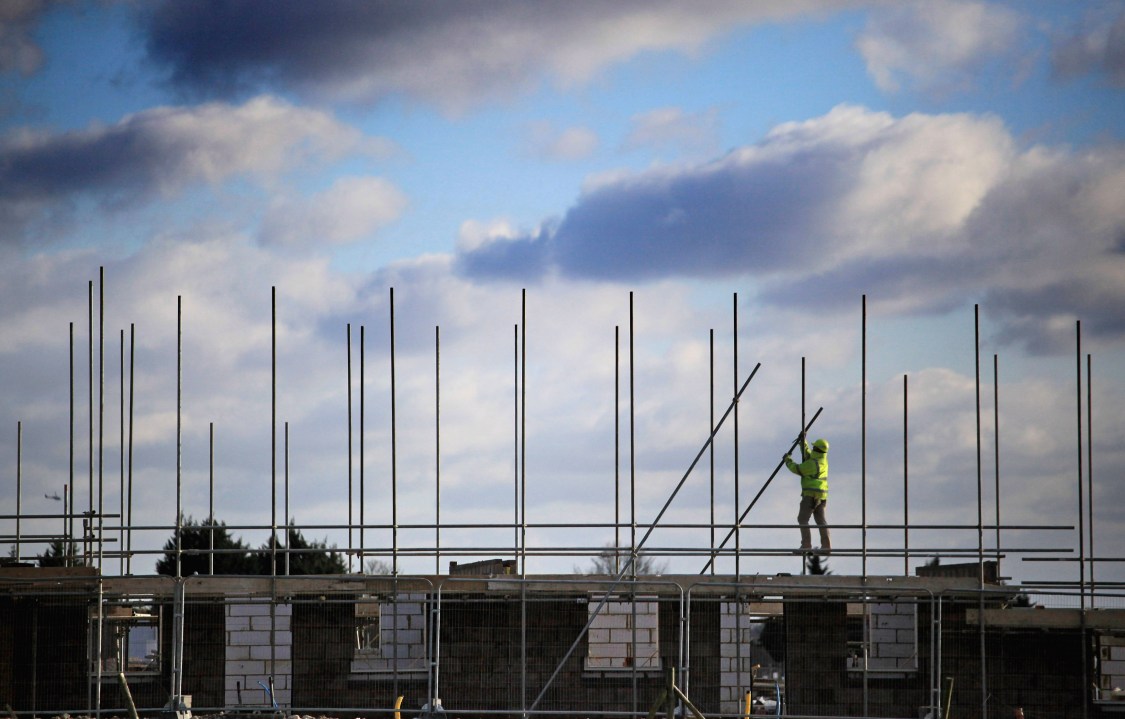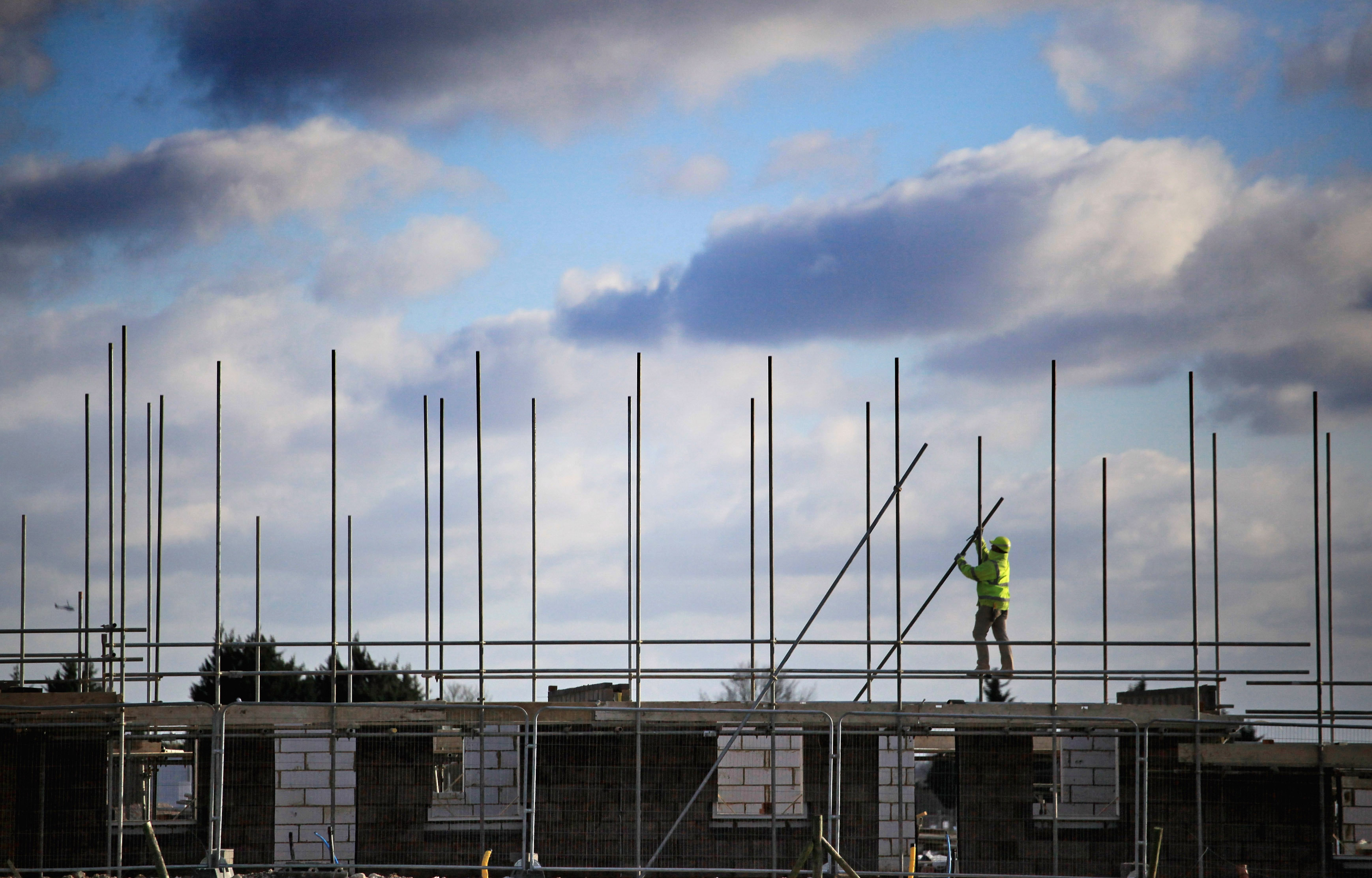 The ruckus over sending a high-speed railway roaring through some of Southern
England’s most prized back gardens might be dominating the headlines. But another, separate row over planning is brewing. Behind closed doors, ministers are straining to develop a coherent
plan to build the new houses that Britain – especially the South East needs – in a way that is politically feasible.
The ruckus over sending a high-speed railway roaring through some of Southern
England’s most prized back gardens might be dominating the headlines. But another, separate row over planning is brewing. Behind closed doors, ministers are straining to develop a coherent
plan to build the new houses that Britain – especially the South East needs – in a way that is politically feasible.
Whitehall is wrestling with how to reform a planning system that has led to more expensive housing and offices, developments that are often ugly and cramped, and soaring costs for everyone – the government included. Housing benefit costs more than the Home Office and Ministry of Justice combined. A shortage of supply has been a big factor driving house prices.
Reform is needed. But what is to be done? One suggestion from the more advanced thinkers among Liberal Democrats is to auction planning permission for housing development, using the windfall gains that come (which run into the millions per hectare) to cut council tax or maintain council spending. This could work in building new towns and cities which are generally far away from most people.
But auctions in every part of the UK would be politically difficult and can’t be the only solution. Why? Well, imagine you live in a village that suddenly gets told it is about to be turned into a town. Worse, you and everyone else in the village isn’t happy, but your local authority is, so tough. Imagine this happening in every rural and semi-rural part of the UK. Imagine the horror of Tory backbenchers. Further, what does this auction system mean in terms of planning in towns or cities?
More than this, auctions rely too much on a ‘plan-led’ and local authority led system, which is what has got us into the current mess. Since the local authority plan-led system was introduced in the 1990 Town and Country Planning Act we’ve built fewer and less attractive homes. This isn’t coincidence and government needs to wise up fast. Councils should respond to, not lead development – or else the system will barely change.
Policymakers must face what they need is a system which builds more homes in a politically acceptable way. Referendums and neighbourhood plans can do this. What we have is a system controlled by a vocal NIMBY minority that polls put at around 20-30 per cent. We need to stop the NIMBY minority controlling the planning system without letting ugly new homes be waved through. To do this, various steps are needed.
Firstly, given the presumption in favour of sustainable development, developers should be able to put forward neighbourhood plans, and these should go forward unless a majority of residents vote against them. If the NIMBY minority can’t get enough other people fired up enough to vote in a ballot, then it should pass. Otherwise, the NIMBYs , who turn out to vote, will win every time (which is why they control most local authorities at present). Such ‘blocking’ referendums will stop carbuncles of housing being built but allow more attractive developments. This will mean developers will in turn stop proposing ugly new estates because they won’t be able to get planning permission for them, improving the image of development.
Secondly, more of the financial rewards of land going into development should go to those closest to new homes or offices via a Community Infrastructure Levy (CIL) that is decided and voted for at a neighbourhood level. Why should someone miles away benefit from new homes built next to me? This patent unfairness will just make hostility to development worse. Neighbourhood flexibility can also recognise different sites have different CIL capacity, getting more homes built.
Finally, government also needs to get out of the way for a new system to work. If developers and local people agree on a neighbourhood plan with new homes and a set CIL level then government (local or national) shouldn’t block it because it doesn’t fit with some arbitrary level of social housing provision, affordable housing provision, eco-level friendliness, density etc. The government’s proposed National Planning Policy Framework should be a very short document.
This all just illustrates how difficult reform can be and is an example of why Government needs more SpAds to help it avoid vested interests, political troubles, and Whitehall capture. Nerdy planning issues could yet cause rows that make HS2 look like a picnic.
Alex Morton is a Research Fellow in the Economics unit at Policy Exchange. His 2010 report Making Housing Affordable won Think-Tank Publication of the Year.







Comments